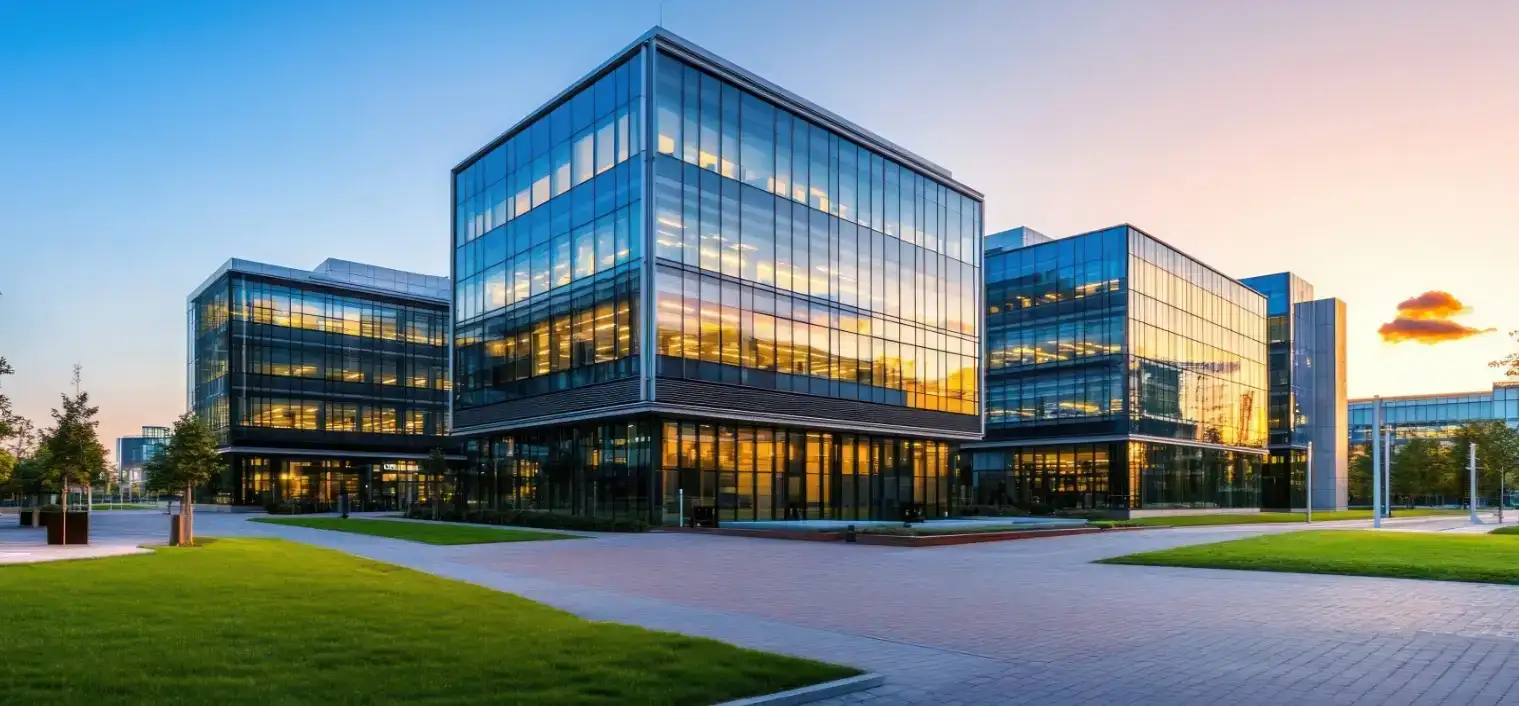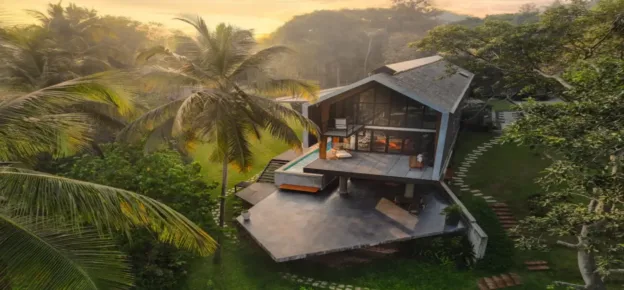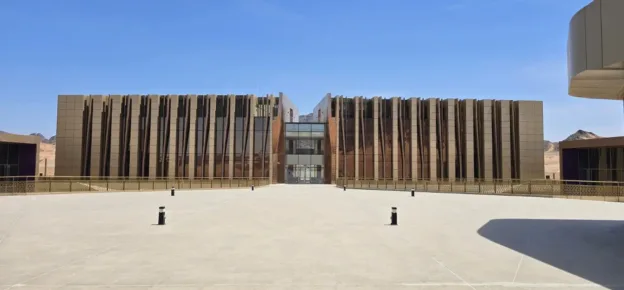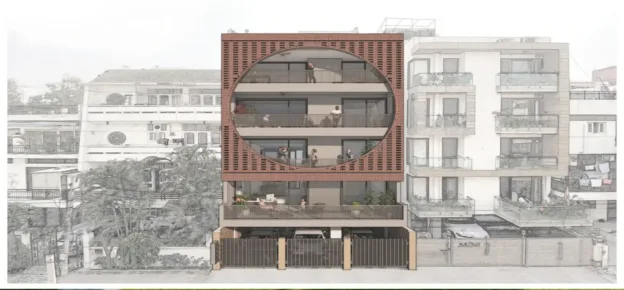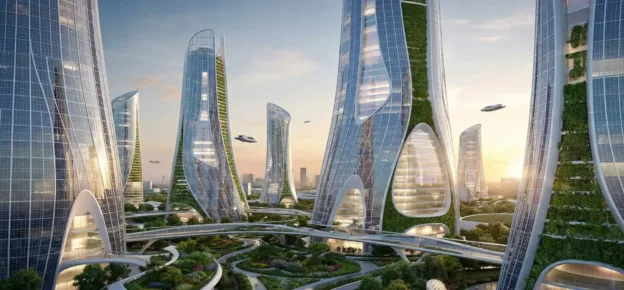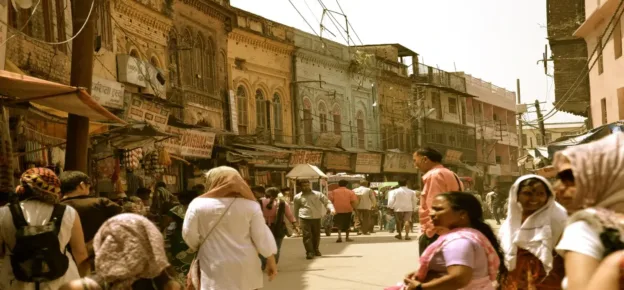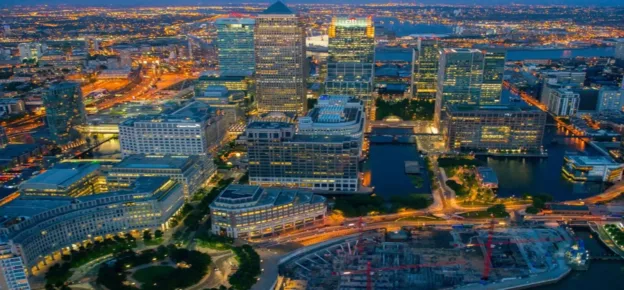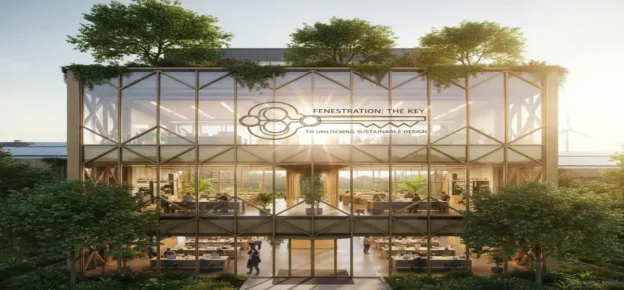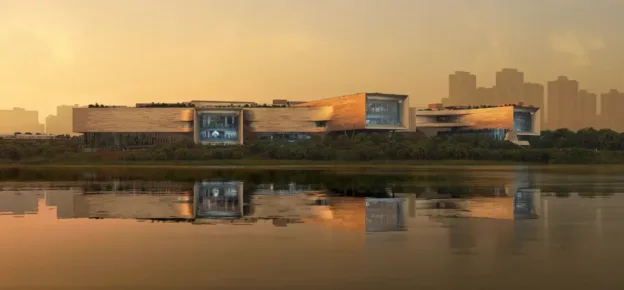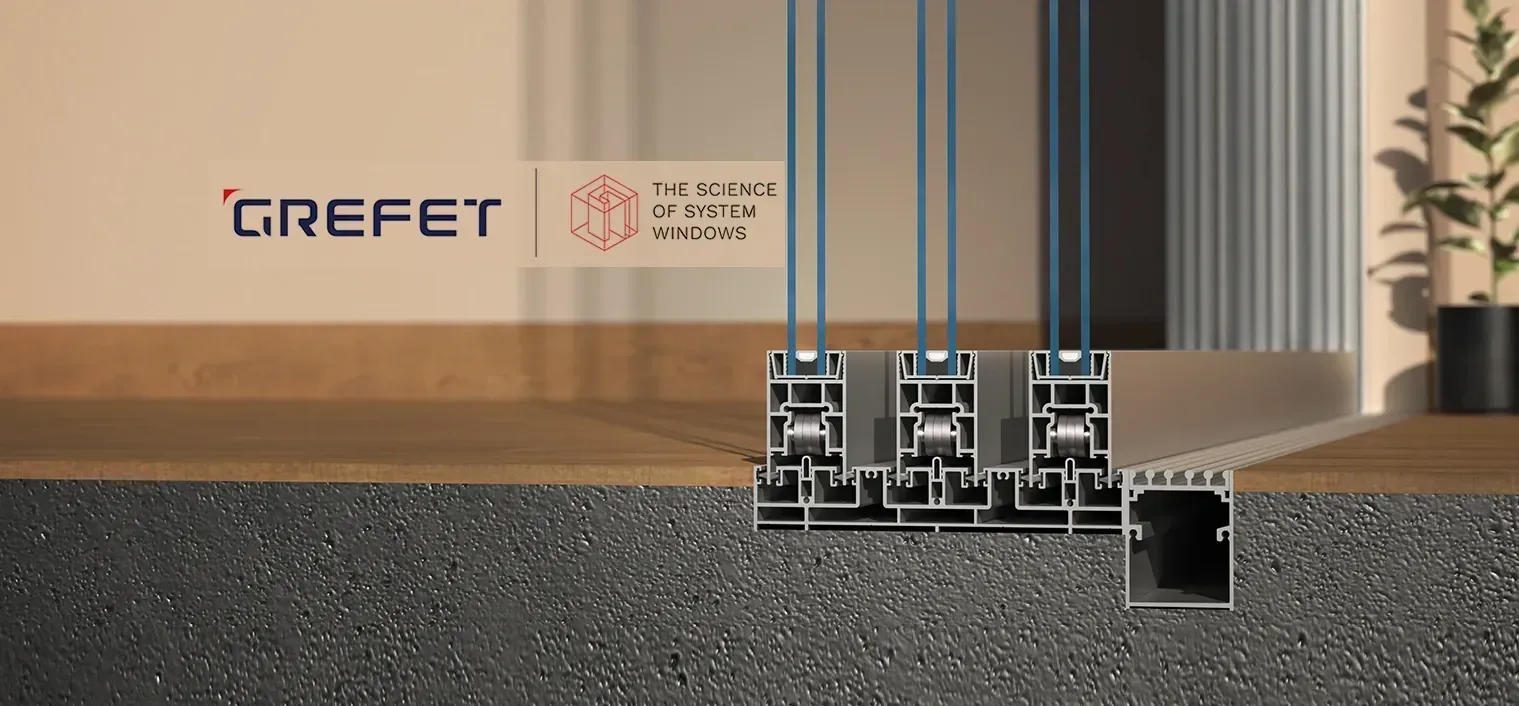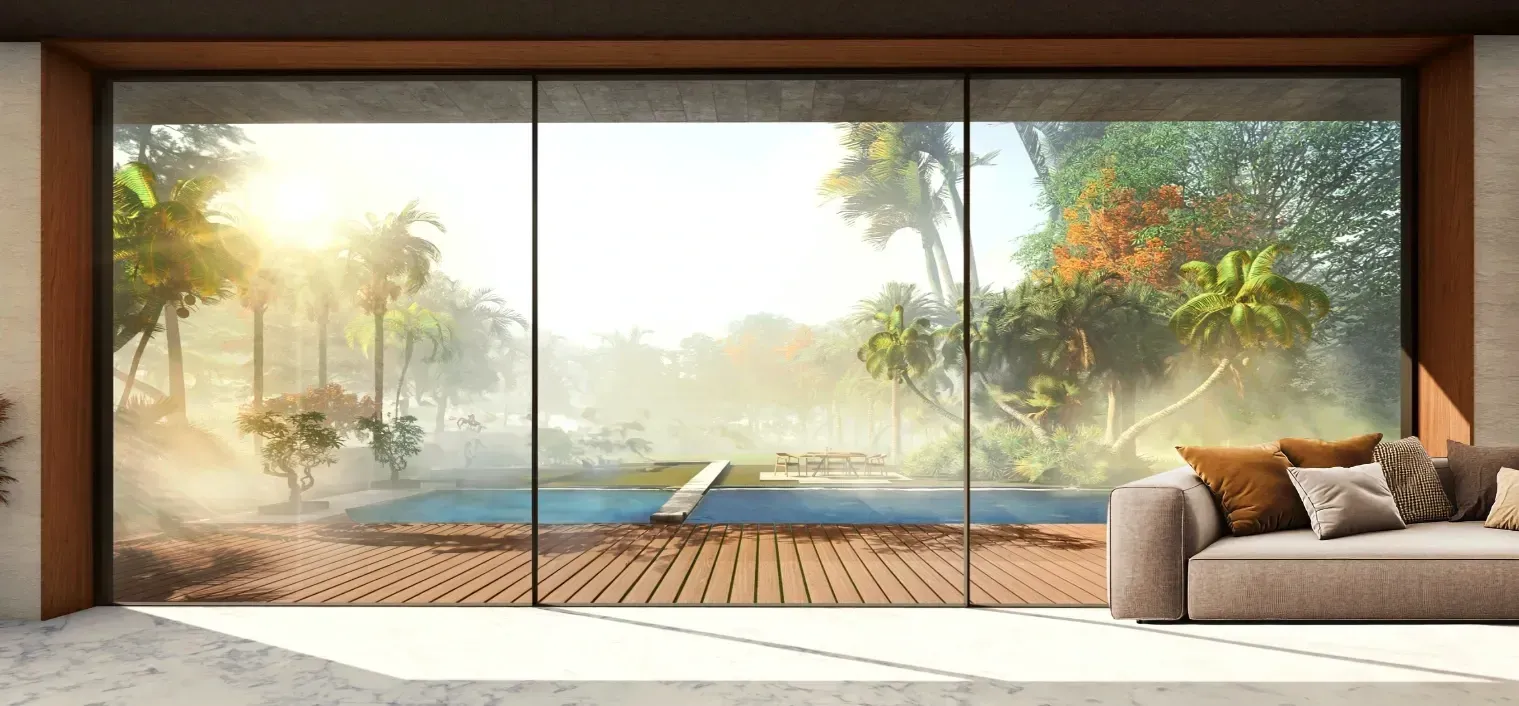The adage “never judge a book by its cover” holds merit in many contexts; however, in real estate, the ‘cover’ – or the building’s façade – plays a pivotal role and is one of the most powerful tools in defining how a structure is perceived, marketed, and ultimately valued. Moreover, the façade is far more than just a superficial layer. The exterior envelope of a building is a strategic asset that directly influences market perception, occupiers’ interest, and long-term value. Based on contemporary market trends, it is evident that from design aesthetics to material resilience and energy efficiency, the façade and fenestration systems of a building play a multifaceted role in influencing real estate value.
For architects and developers, understanding these dynamics is no longer optional but an essential parameter to ensure that the asset is future-ready, high-performing, and appealing to stakeholders. In real estate, perception is value. A thoughtfully designed façade increases a building’s kerb appeal, makes it memorable, and can often command a price premium. Whether it is a luxury residence, retail hub, or office complex, aesthetic excellence in the façade can drive faster sales, higher lease rates, and greater investor interest.
The building envelope, particularly its façade, serves as its visual signature – often the first point of engagement. It is the primary interaction a potential buyer, tenant, or investor has with the property. As such, it functions as both a branding mechanism and a market differentiator. In today’s competitive real estate landscape, a well-designed façade is more than an architectural feature; it is a strategic asset that can significantly influence a property’s performance and long-term value. Furthermore, iconic or memorable façades can generate organic marketing through visual appeal and word-of-mouth, amplifying a project’s visibility and desirability.
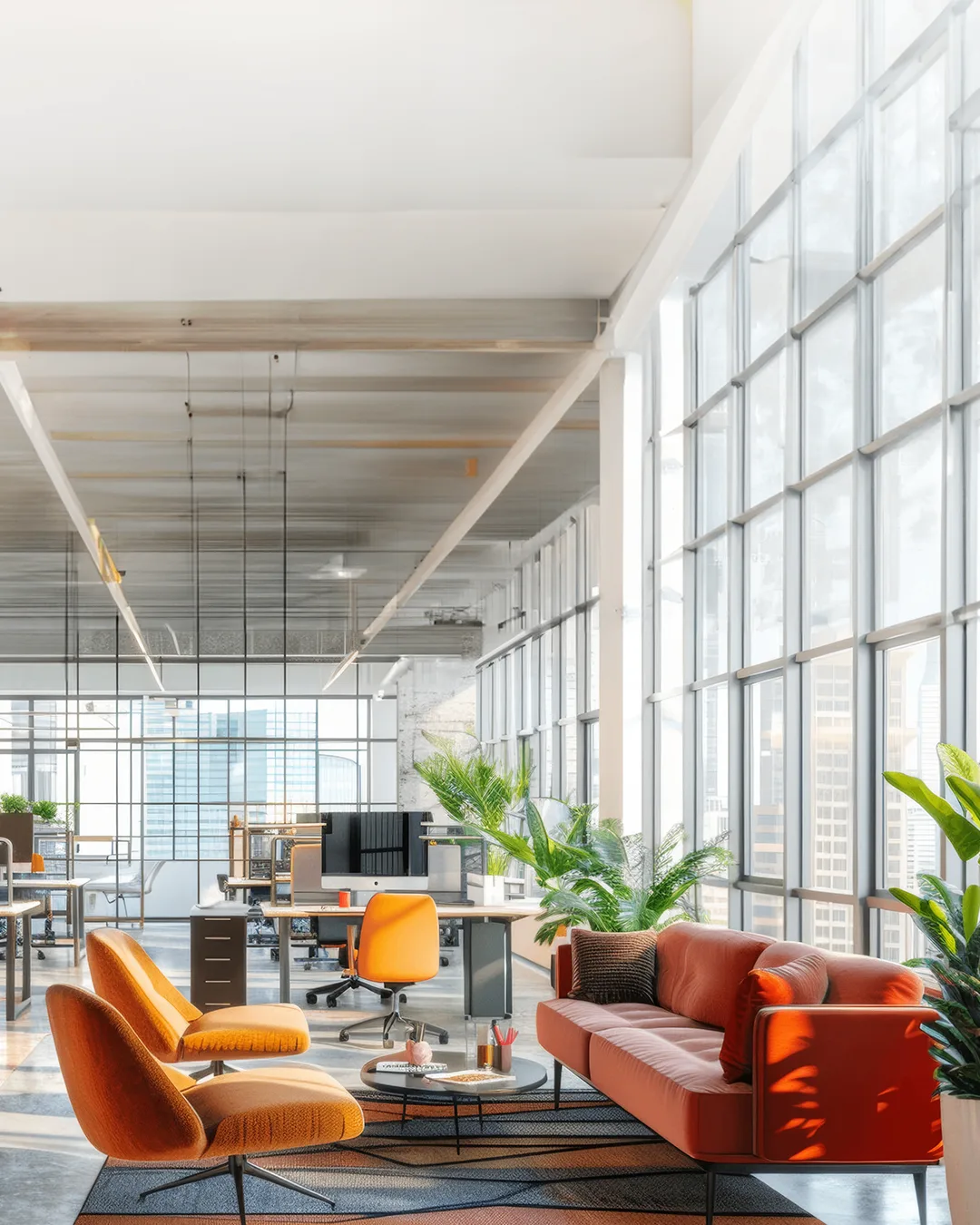
Form Follows Function: Aesthetics Meet Sustainability
Architects, façade consultants, and developers increasingly leverage advanced materials, innovative technologies, and sustainable design principles to create façades that are visually striking, functional, and environmentally responsible. A distinctive and aesthetically compelling exterior enhances project value and attracts discerning buyers willing to pay a premium. This translates directly into stronger returns on investment (ROI) and faster sales or leasing cycles.
Sustainability is also playing an integral role in façade design. Fenestration – often considered a subset of façade design, encompassing the arrangement of windows & doors, curtain walls, and skylights – is equally critical. Beyond its visual contribution, fenestration directly impacts indoor environmental quality, energy efficiency, and daylight penetration. Energy-efficient fenestration and building envelopes reduce operational costs, appeal to environmentally conscious tenants and buyers, and comply with evolving regulatory standards.
Advanced glazing systems, thermally broken frames, and low-emissivity coatings now allow buildings to maintain visual openness without sacrificing thermal performance. In tropical or arid climates, solar control glazing helps reduce heat gain, lowering cooling loads and energy costs. In colder regions, double or triple-glazed systems preserve internal temperatures while allowing natural light and views. Smart fenestration design supports occupant well-being, improves building efficiency, enhances acoustics, and contributes to overall sustainability in the long run – all of which add tangible and intangible value to a property.
The Right Façade Drives Sustainability
Energy-efficient buildings are more likely to comply with local regulations as well as green building certification norms, which further enhance their marketable value.
Sustainability certifications such as LEED, IGBC, BREEAM, and GRIHA are gaining prominence, while sustainable and durable façade materials contribute to environmental performance benchmarks by reducing resource consumption and waste generation over a building’s lifespan. This further strengthens a building’s appeal to institutional investors, corporate tenants, and environmentally conscious stakeholders.
As the real estate industry moves toward greener practices, façades and fenestration systems are key contributors to environmental performance. Buildings with energy-efficient façades consume less power, generate fewer emissions, and often qualify for internationally recognised sustainability ratings.
Sustainable Façade Design Includes:
- Optimised orientation and shading to reduce heat gain.
- High-performance glazing to lower HVAC demand.
- Recyclable or locally sourced materials to reduce embodied carbon.
- Dynamic façades (e.g., operable louvres, smart glass) to adapt to climate conditions.
Green-certified buildings are more attractive to institutional investors and ESG-focused funds, while end-users – especially in commercial real estate – are increasingly prioritising sustainability in their leasing decisions. As regulations tighten and climate-conscious construction becomes the norm, having an efficient façade is not just advantageous – it is expected.
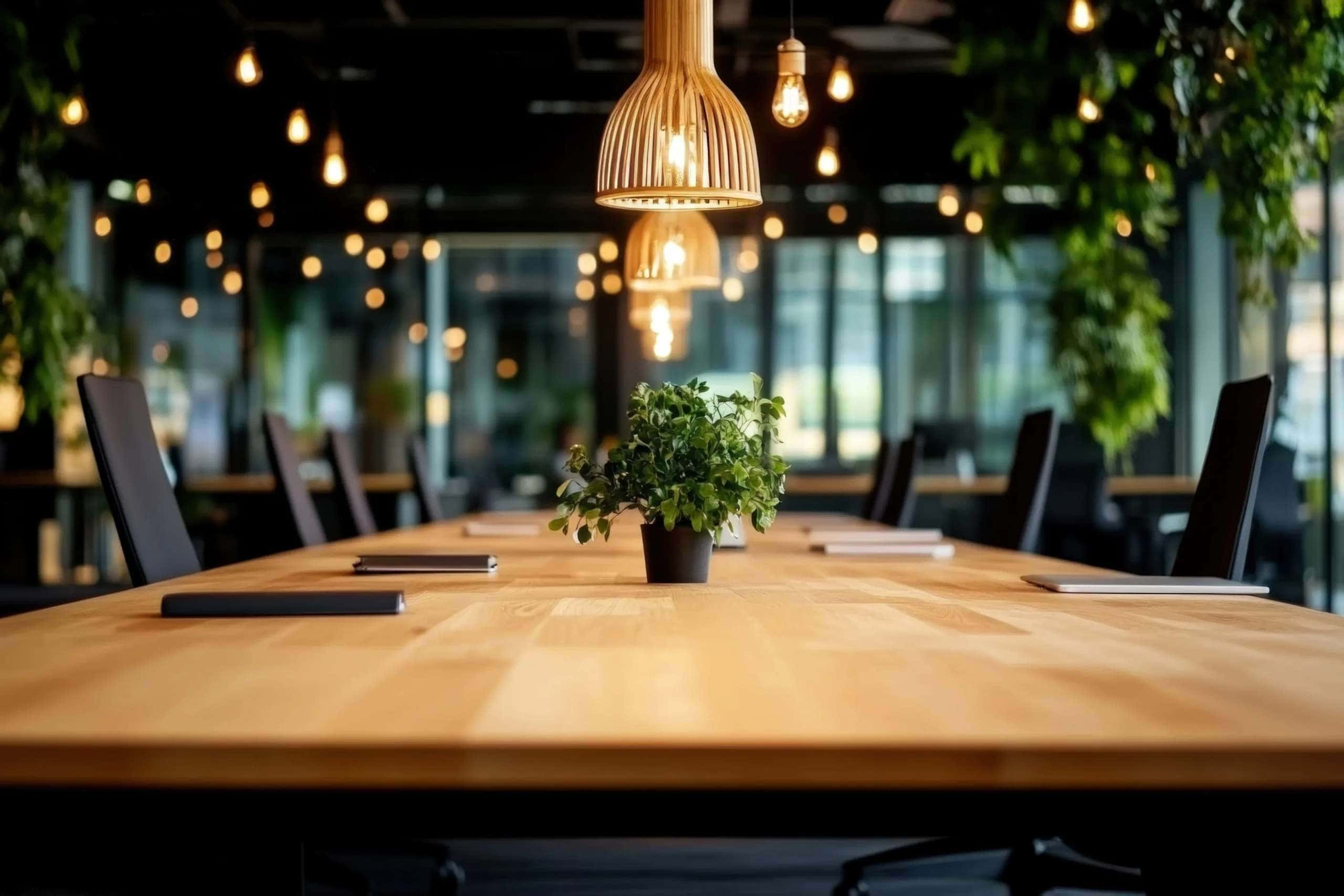
Pioneering Technologies For The Win
Integrating smart technologies such as building automation systems, the Internet of Things (IoT), and Artificial Intelligence (AI) into façade design enables real-time environmental monitoring and adaptive features, including automated shading and ventilation. As technology advances, intelligent façades not only support sustainability goals but also increase asset value by appealing to eco-conscious investors. Beyond function, they represent a blend of innovation, identity, and design excellence in the urban fabric.
Beyond The Façade
While aesthetics and performance receive immediate attention, durability is the silent value generator behind long-term investment returns. In the realm of real estate development, durability is not just a technical specification – it is a critical factor influencing investment appeal and asset performance. The choice of façade materials and construction techniques plays a pivotal role in determining the lifecycle cost of a building, directly affecting maintenance needs, operational efficiency, and market attractiveness.
A façade system’s materiality and construction methods dictate how well a building ages and how much it will cost to maintain over time. Durable façade materials such as high-performance glass, fibre cement, aluminium composite panels, natural stone, or treated timber are engineered to withstand the impacts of time, climate, and environmental stressors. These materials are often chosen for their resistance to weathering, UV radiation, moisture intrusion, corrosion, and physical wear and tear. When properly integrated into the building envelope, they form a robust first line of defence against degradation, ensuring the structure retains its aesthetic and functional integrity for decades.
Advanced construction techniques further reinforce this durability. Systems such as rainscreen cladding, ventilated façades, and thermally broken assemblies not only improve thermal and moisture performance but also allow for easier inspection and maintenance. This results in lower repair costs, reduced downtime for refurbishment, and fewer disruptions to tenants or operations – all of which enhance ROI.
By investing in durable façades upfront, developers benefit from reduced maintenance costs, fewer renovation cycles, and a more predictable operational budget. For property owners and investors, this translates to a lower total cost of ownership (TCO), improved ROI, and enhanced asset longevity. Moreover, durability signals quality and reliability to prospective buyers or tenants, positively influencing leasing rates, occupancy levels, and resale value.
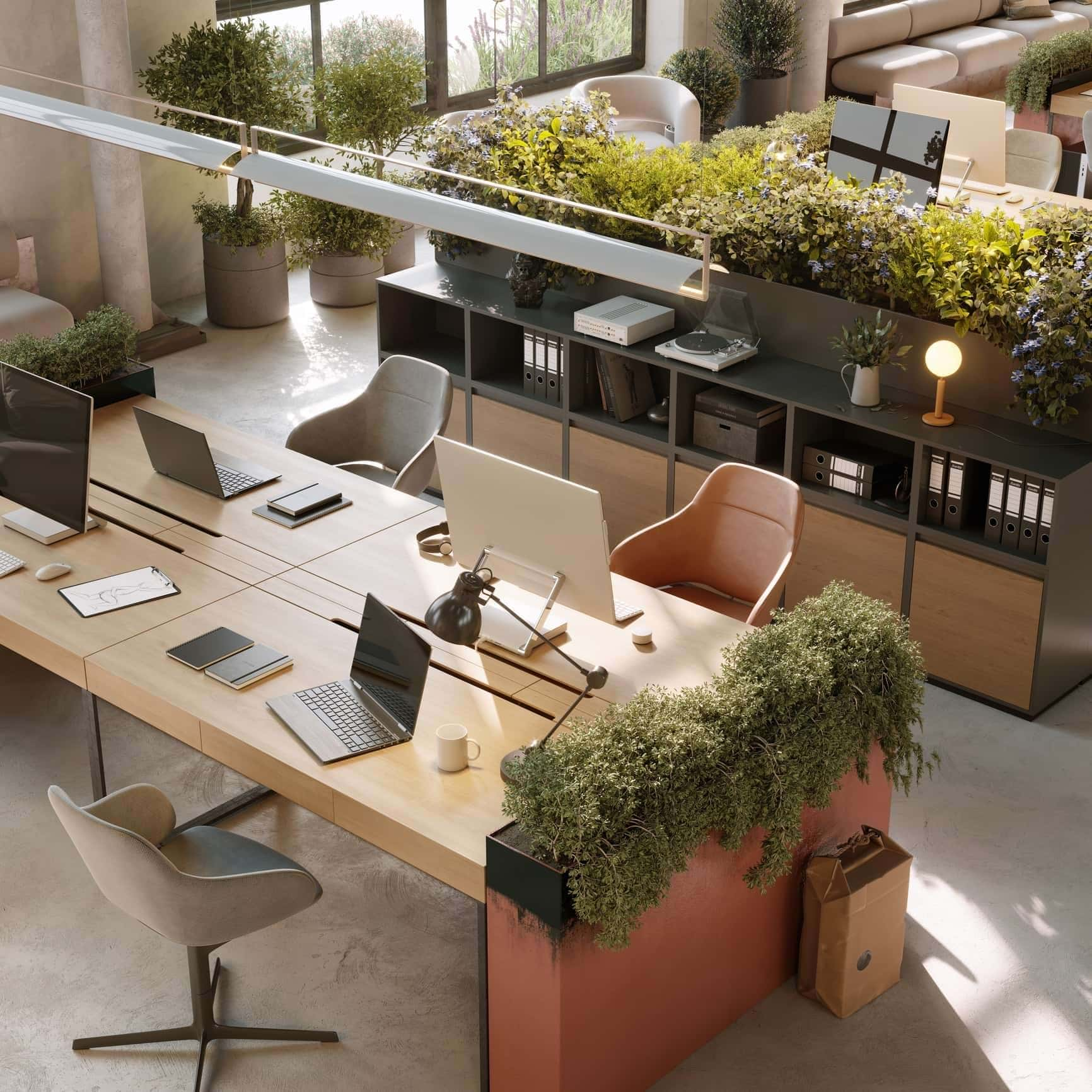
Shaping The Future Of Construction With Intelligent Façade And Fenestration
Beyond individual asset value, façade and fenestration design contribute to placemaking and urban branding. A distinctive façade can turn a building into a neighbourhood landmark, raising the profile not just of the project but also of the surrounding area. When integrated with urban planning goals, façade design enhances walkability, improves microclimates, and contributes to the architectural cohesion of a district. These effects are particularly important in mixed-use developments and revitalisation projects, where visual and experiential continuity across buildings can dramatically improve investor confidence and community support.
In today’s competitive market, investing in intelligent façade design is integral to delivering value-driven, future-ready developments. In essence, the façade is a multifaceted investment – melding aesthetics, functionality, sustainability, and market strategy to maximise real estate value and impact. In an era where success hinges on differentiation, resilience, and responsibility, façade and fenestration systems emerge as powerful levers. They blend form with function, aesthetics with performance, and short-term attraction with long-term value. For architects, developers, and investors, embracing advanced façade strategies goes beyond designing better-looking buildings towards delivering smarter, sustainable, and valuable real estate.
